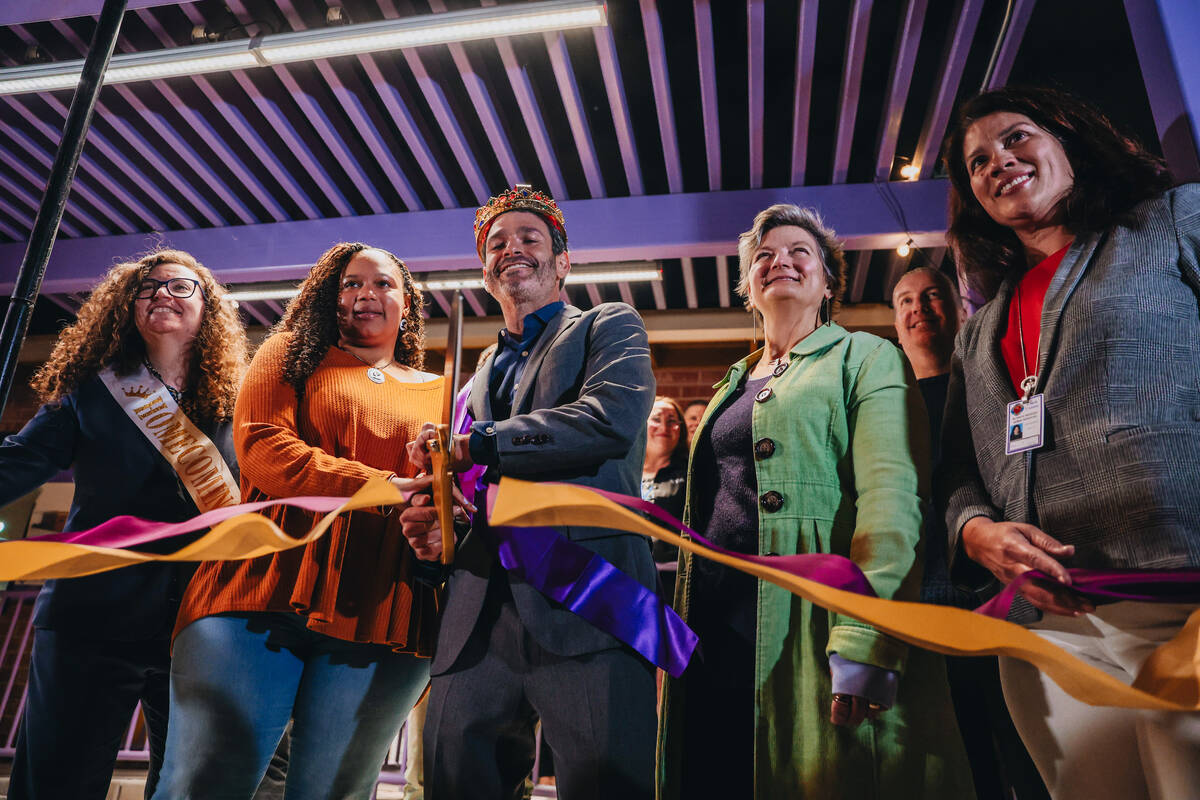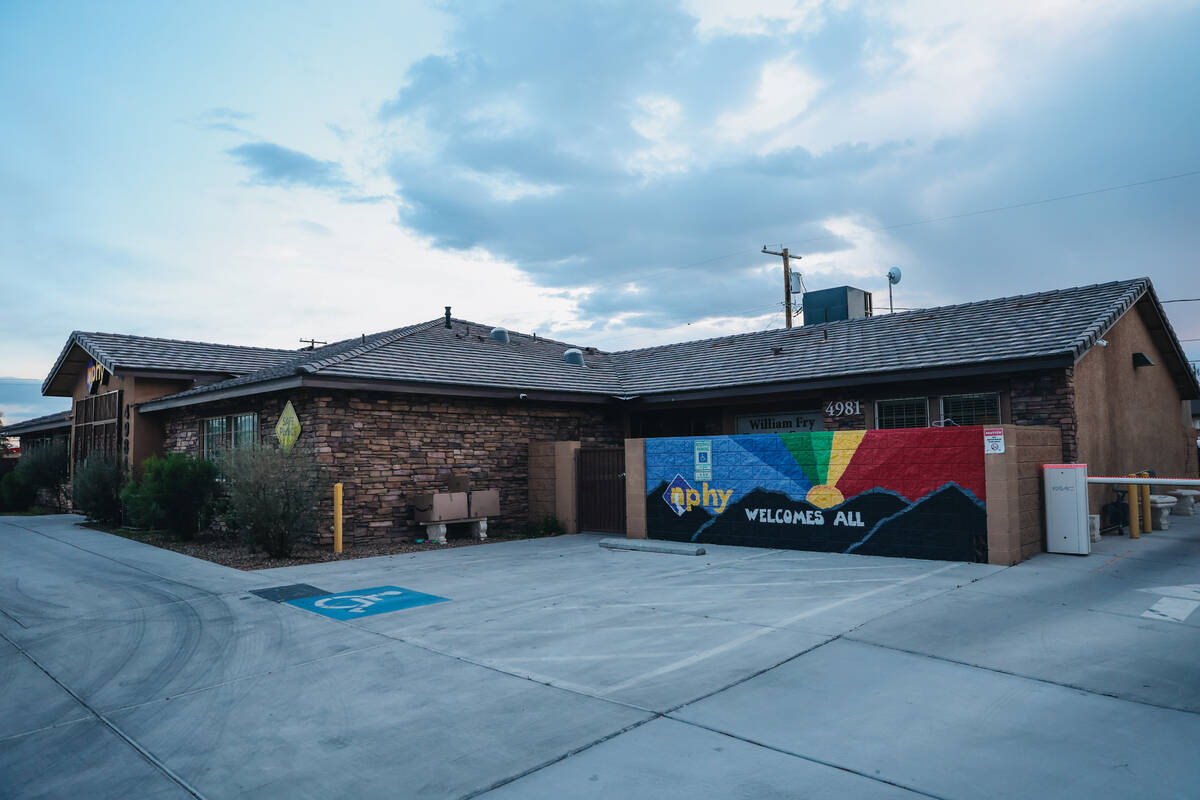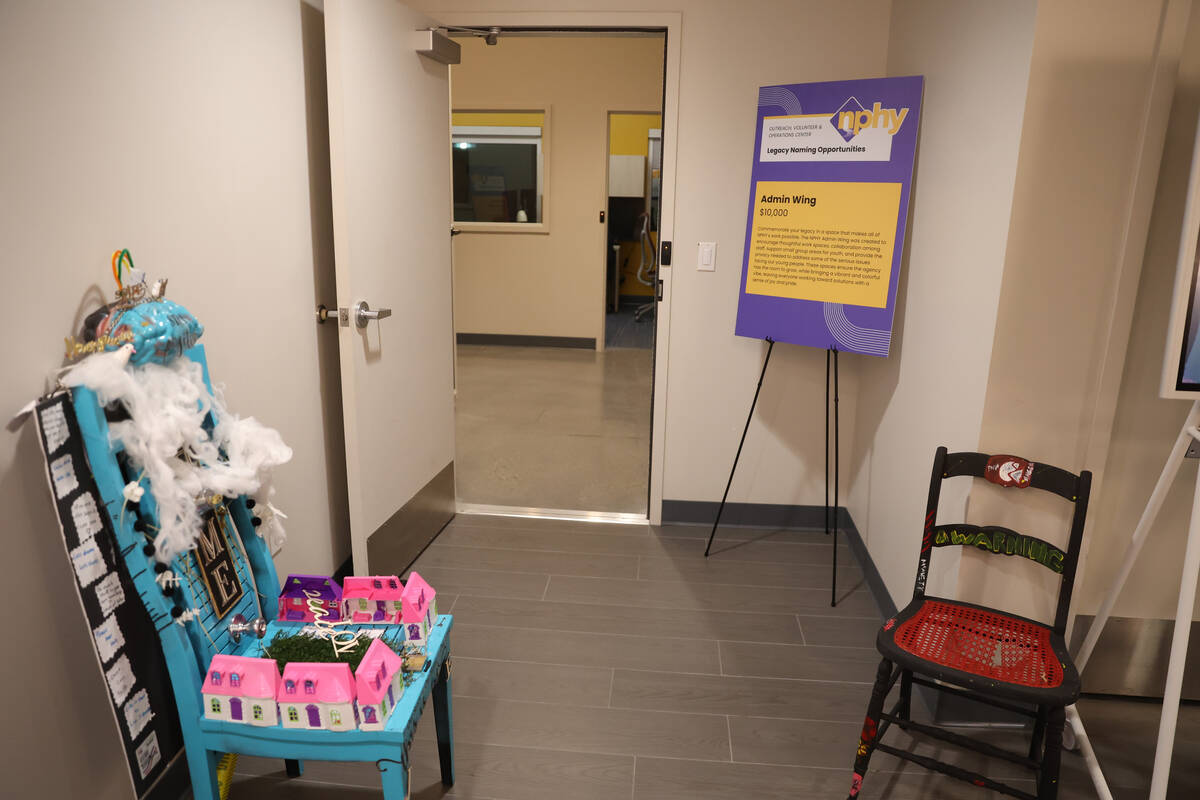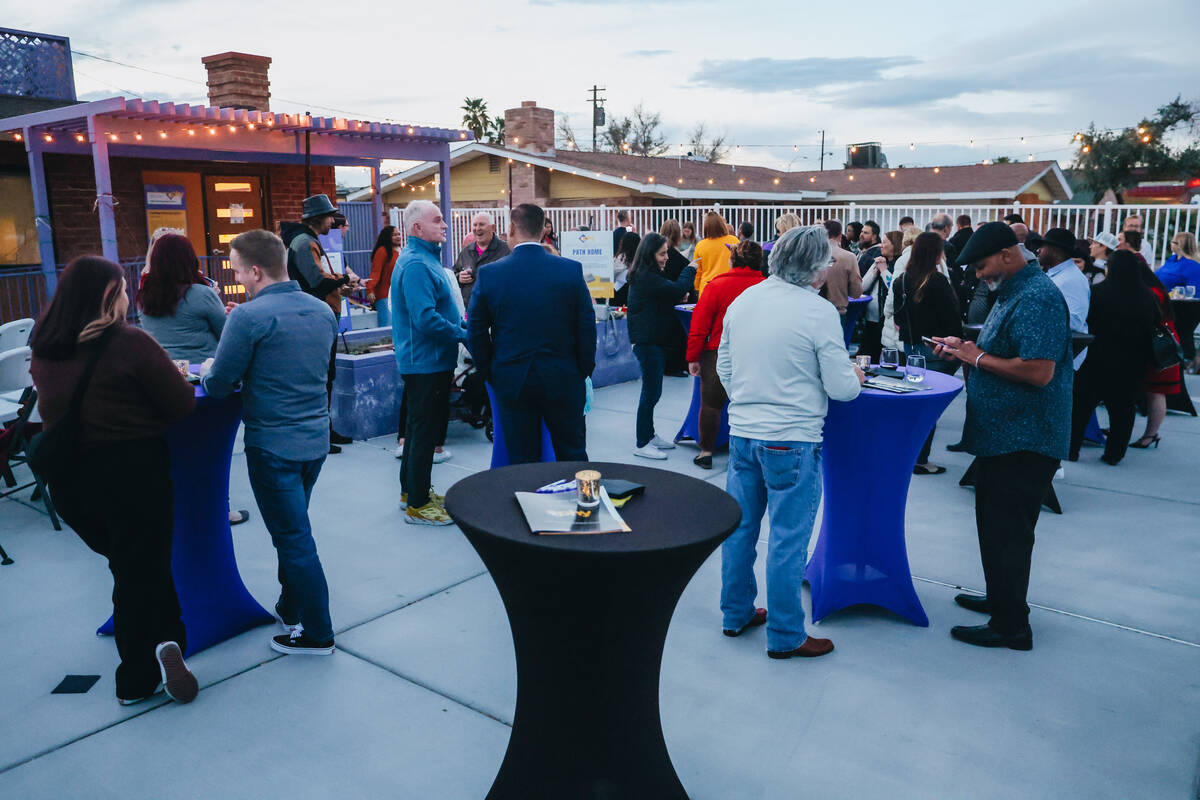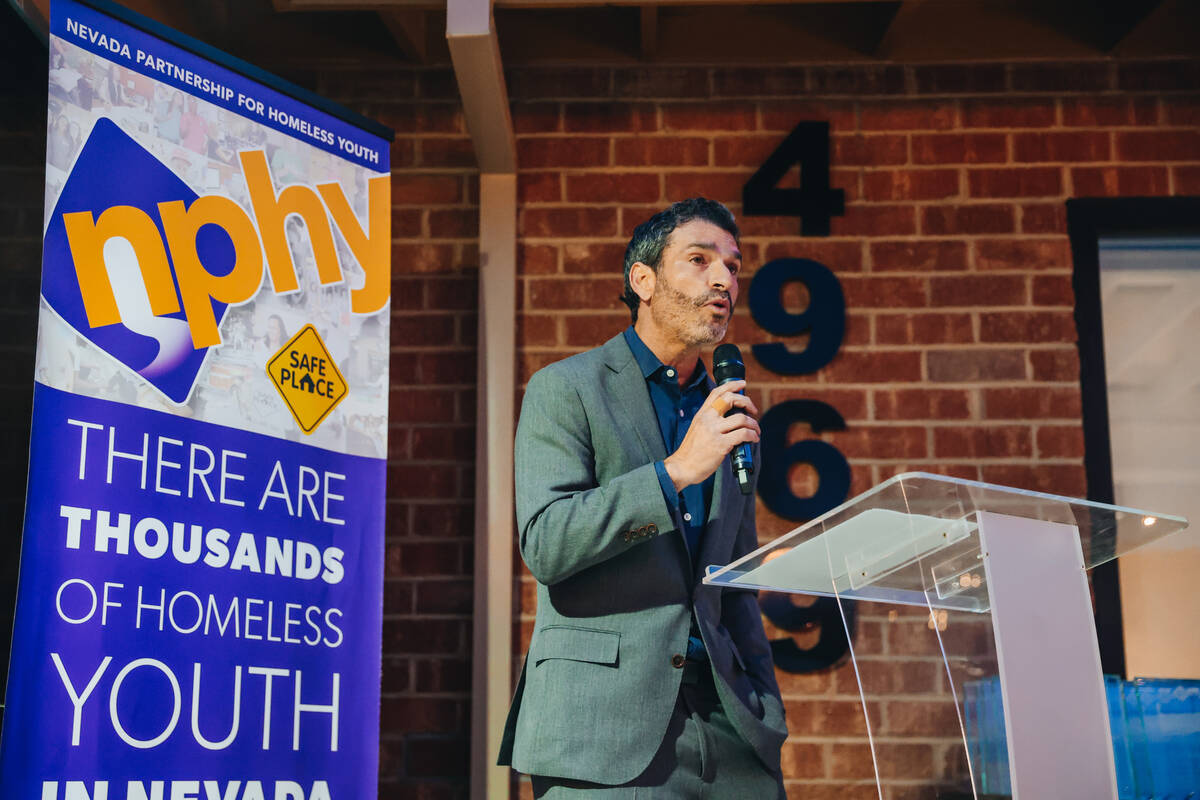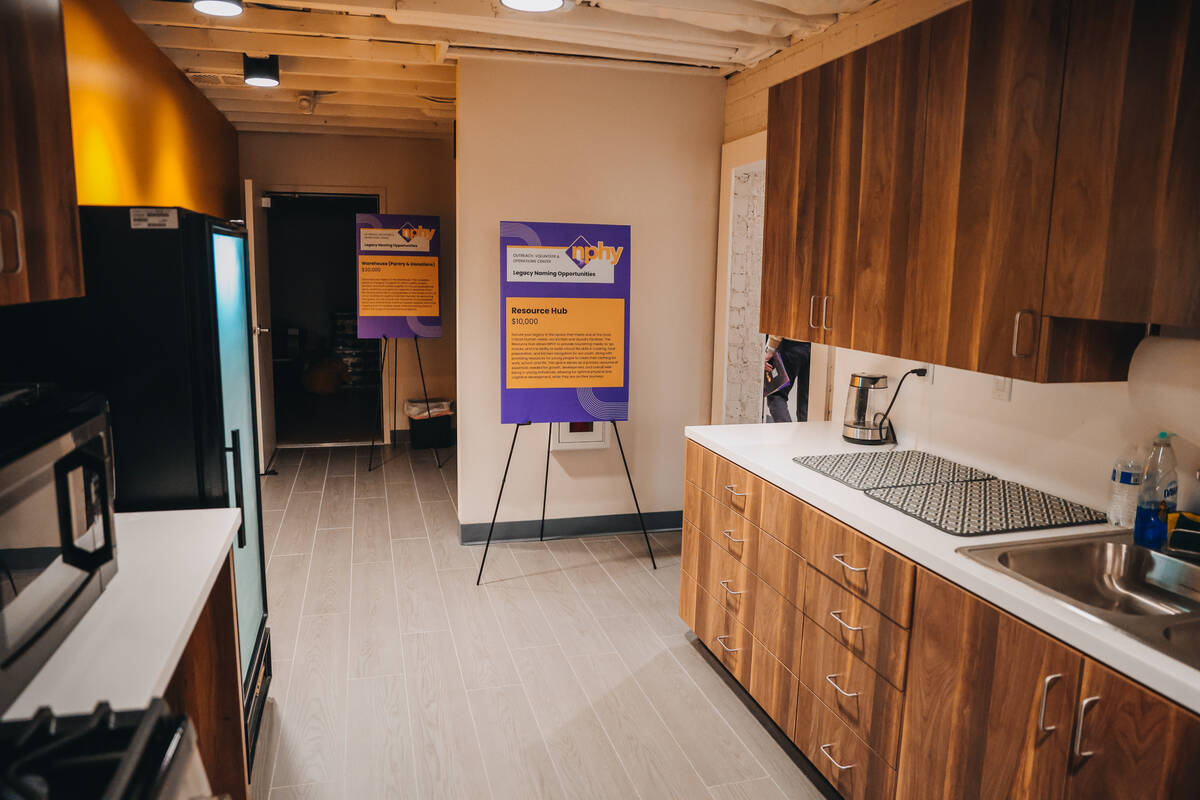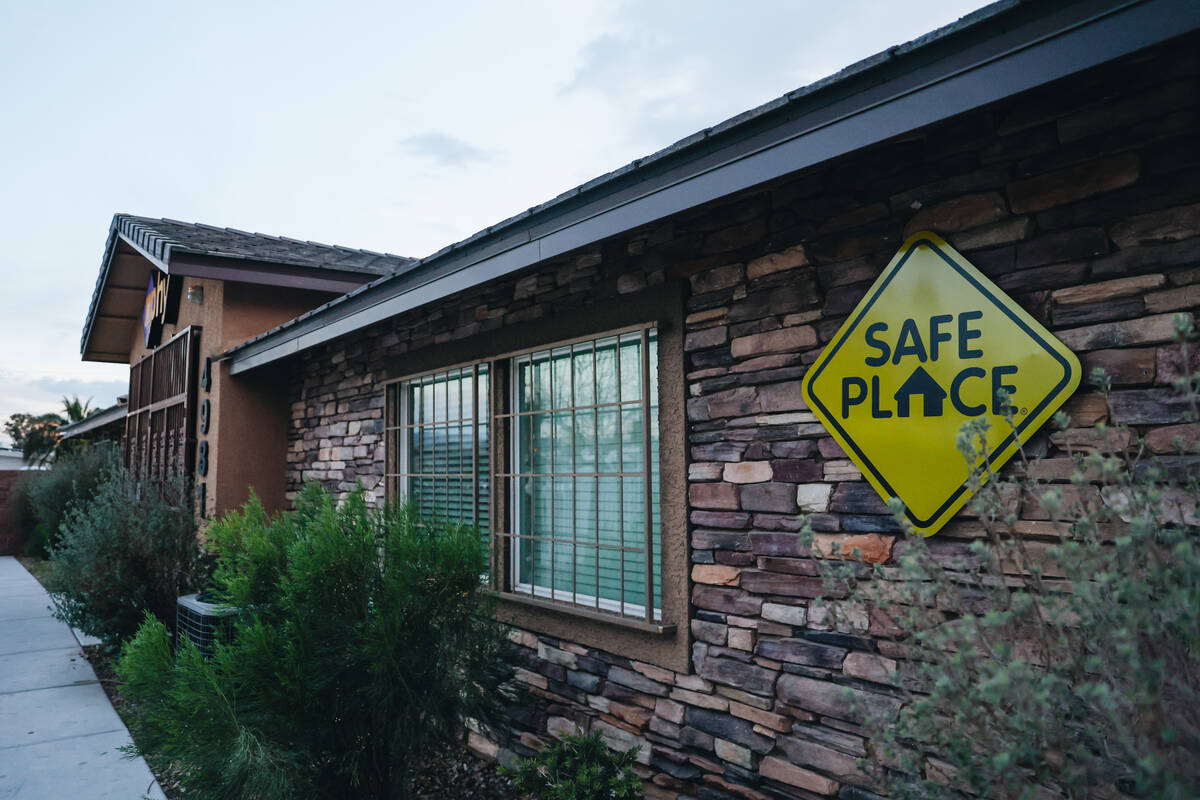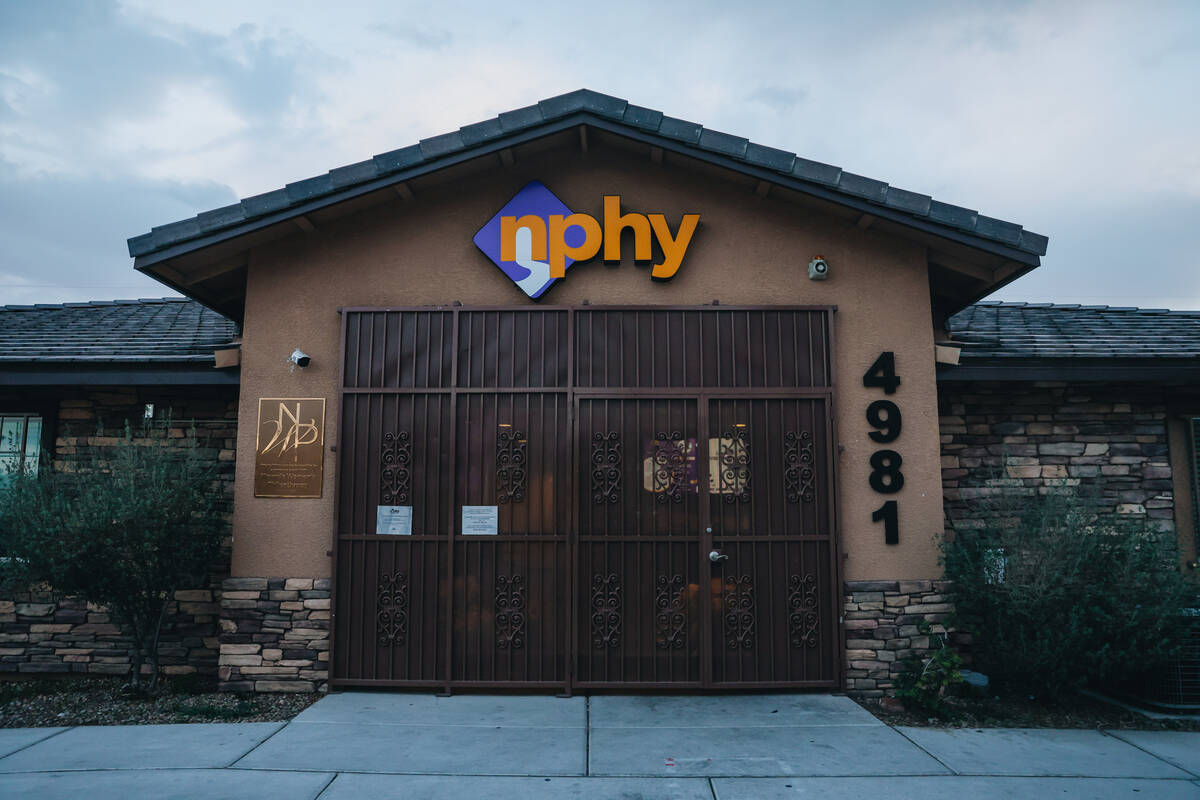Hope grows: Facility’s expansion boosts Las Vegas homeless youth
Nariya Gregory recalls when she as a kid was homeless along with her three young siblings, walking the streets of downtown Las Vegas and the Strip, singing with a karaoke machine for money to survive.
They moved from motels to weekly hotels with their mother, whose troubled past prevented them from qualifying for subsidized housing and often meant relying on contributions from strangers to afford rooms, mostly downtown, to sleep at night.
“We would be in the streets, like during the day, trying to look for other places to go, somewhere to live,” said Gregory, 20. “It wasn’t a good feeling. It would be hot some days. Some of us were on fevers. We would carry our bags down the street.”
But that changed for Gregory at age 12. That’s when she entered the not-for-profit Nevada Partnership for Homeless Youth, a program that finds safe and secure housing, as well as food and clothing, for unhoused minors.
“When I walked into the [the partnership’s] building, they took me into intake and I just started coming ever since that day happened because I never found a place actually like this,” she said Thursday while attending a ribbon cutting and grand opening celebration for the organization’s 4,000 square-foot Outreach, Volunteer and Operation Center.
Gregory is just one of thousands who have found hope and help through the Nevada Partnership for Homeless Youth.
Before entering the program, she lived in shelters and foster homes that she found, in her experience, “dehumanizing.”
The partnership set her up in a kind of college dorm room, an apartment with each bedroom shared by two young people and “they were more like kind people, like they understood a lot, they didn’t really judge and every time you asked them for help, it’s like, you get it,” Gregory said. “There’s not any catch to it.”
She said she “graduated” out of the housing program last year. Her twin 15-year-old sisters go to school in Las Vegas and are clients of the partnership. Her mother and younger brother moved back to the family’s native St. Louis, Missouri.
Now Gregory attends the College of Southern Nevada in Henderson and plans to major in early childhood development and counseling.
She was among about 50 people present for the event celebrating the expansion of its Drop-In Center building located on Shirley Street about a block south of UNLV and across from the Liberace Mansion.
In remarks to the gathering, Gregory, an “ambassador” spokesperson for the partnership, said that the group “helped me change my environment by putting me in a stable housing and helping me change my mindset to achieve my goals.”
“Now I am a stronger person and I feel that anything that comes my way I can handle it.”
Facility to enhance outreach to more young people in need
The expansion includes a training room with a Google interactive whiteboard, an intake depot for the public to drop off donations, an outreach center for new homeless kids, a warehouse to store supplies, “tech zone pods” for group and case management, kitchen and laundry facilities, administrative offices, a healing garden and an art gallery displaying works created by the program’s youth clients.
The Drop In Center next door to the new building takes in about 15,000 youths per year, “and that’s a lot of food, a lot of clothing, a lot of supplies,” said Arash Ghafoori, the program’s chief executive officer.
The new facility is a game changer for the organization, allowing the nonprofit to reach out to even more young people, Ghafoori said.
“What [the new facility] allows us to do is do more outreach in the streets so we can tell more youth about our services and get them to come into the Drop In Center,” he said.
The expansion also affords the partnership extra space for volunteers to arrange for activities such as cooking and education classes, he said.
Since it started in 2001, the partnership has assisted thousands of homeless children and teens in finding shelter, and today it has 13 housing complexes, the locations of which are confidential to ensure the well-being of the young people living in them, in the Las Vegas Valley, according to Ghafoori.
“So we have apartments like that throughout, but we don’t do big congregate housing because we want our young people to practice independence while they still have our safety net,” Ghafoori said. “The only way to do that is if they live in scattered sites so we can live independently.”
The formerly homeless youths live in apartments with no more than four people per unit, he said.
Support from local governments and businesses
The partnership, which receives both cash and in-kind donations, such as construction and engineering services from local companies, owns each of the buildings so that the kids are not traumatized again by having to move to a new place, should a grant or funding stream dry up and they can’t pay the rent, he said.
Local governments have been instrumental in giving the properties to the program in order to house the youths, and mortgage companies have raised funds used to purchase apartments for them, he said.
Each year, the program arranges housing for 500 to 700 new youths, about 2,000 to 4,000 youths go through its outreach effort in the community, and its emergency shelter provides about 7,000 bed nights, Ghafoori said.
The more than 12,000 homeless kids attending classes in the Clark County school system includes those living on the streets, in shelters, in cars and “doubled up with other families,” he said.
One of the latest issues contributing to homelessness in Las Vegas is that “rental prices have almost doubled in a year,” Ghafoori said.
According to a congressional report, 12 percent of the nation’s homeless youth live in Nevada, he said.
That’s partly because of factors, including the fact that homeless kids can blend in easier in Las Vegas, with its all-hours lifestyle, than in other cities, he said.
‘Young people shift out of survival mode’
He also said that Las Vegas is a young metro area compared with cities such as New York and Chicago that have broader historical experience with social services, and noted that because so many people arrive in town without family members here, if they go belly up they don’t have relatives to fall back on.
What the partnership seeks to do is to place homeless kids into an anchored, predictable and lasting situation they can build on, Ghafoori said.
“What we see is young people shift out of survival mode, where they’re only worried about their next couple hours, to a point where they know that, OK, I got shelter here, I got food here, I got clothing here, and I have a place to stay here, 24/7, now I can start thinking about the future,” he said.
Contact Jeff Burbank at jburbank@reviewjournal.com or 702-383-0382. Follow him @JeffBurbank2 on X.



